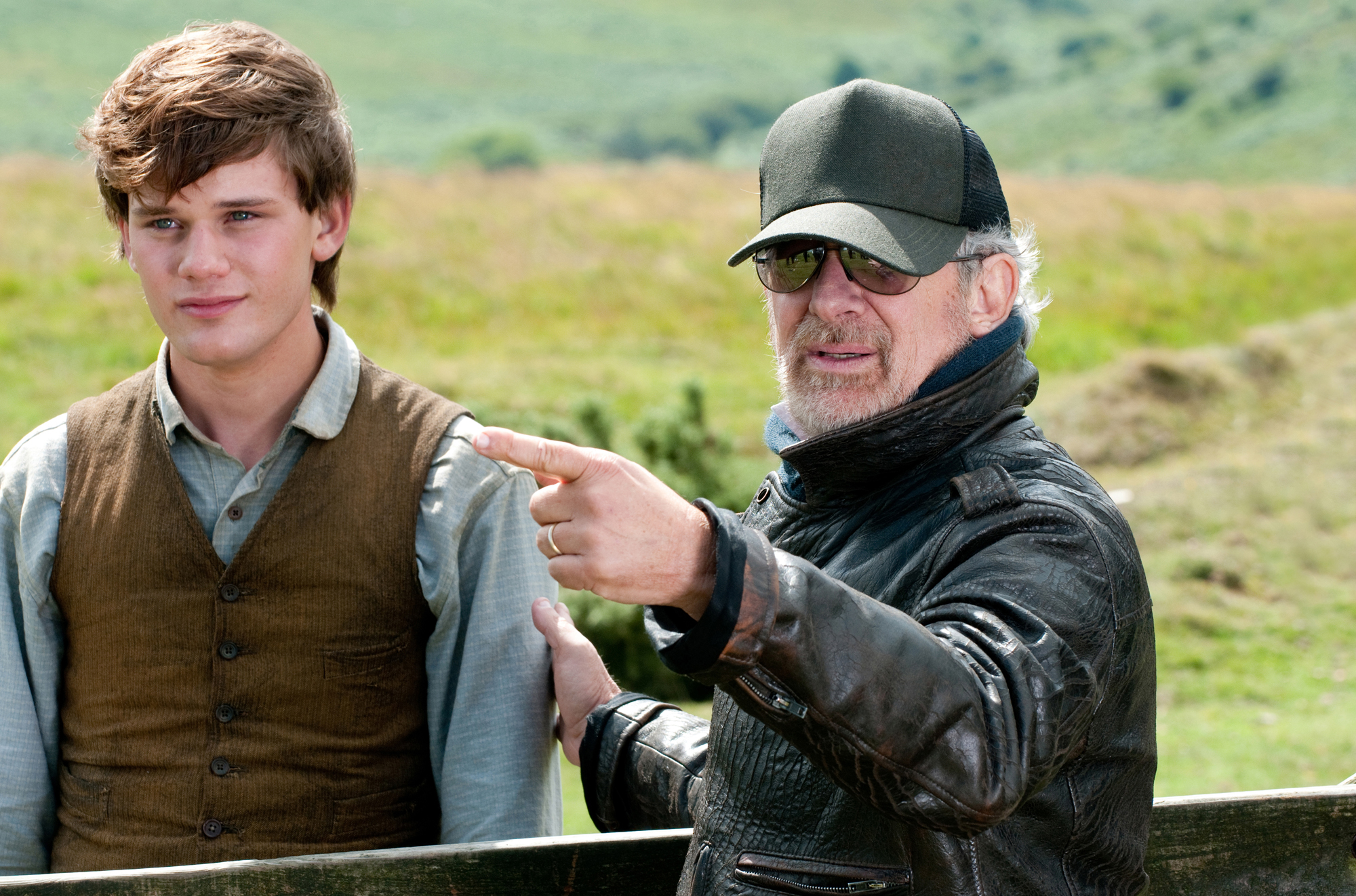

The Jets are led by Riff (Mike Faist), a hothead from a broken home with a deep grudge against Puerto Ricans.

The Jets comprise a white working class being slowly driven out, the Sharks Puerto Ricans, who face discrimination at every turn as they struggle to adapt to life in a supposed capitalist paradise. In the late 1950s, on New York’s Upper East Side, two gangs - the Jets and the Sharks - do battle for possession of a neighbourhood that is doomed: the slums both sides inhabit will shortly be demolished to make way for high-rise gentrification.

Much of the original story remains intact. In this brave new world, is there any room for a museum piece? Steven Spielberg has been planning to make a musical for years and, in the end, settled on a West Side Story remake, provided he and his screenwriter Tony Kushner could do something different with it. While Damien Chazelle’s La La Land was a slight and charming nod to the genre’s golden age, Lin-Manuel Miranda has since weighed in with film versions of Hamilton, In The Heights and Tick, Tick…Boom!, bold and bright musicals with plenty to say. Sixty years later, the movie musical is making a modest comeback. Or so it seemed: what looked like a rebirth was actually a final flowering, and within a few years of West Side Story ’s release, the musical was a horse Hollywood producers were no longer willing to back. The film version, released in 1961, was a triumph, winning 10 Oscars and sending the musical genre spinning off into new and exciting territory.

The original stage show, by Jerome Robbins, Leonard Bernstein and Stephen Sondheim, combined the traditions of opera and classical theatre with the modern urban experience, turning Shakespeare’s Romeo & Juliet into a doomed love affair between affiliates of rival street gangs in 1950s Manhattan. It could - and has - been argued that West Side Story is the apotheosis of the great American musical.


 0 kommentar(er)
0 kommentar(er)
